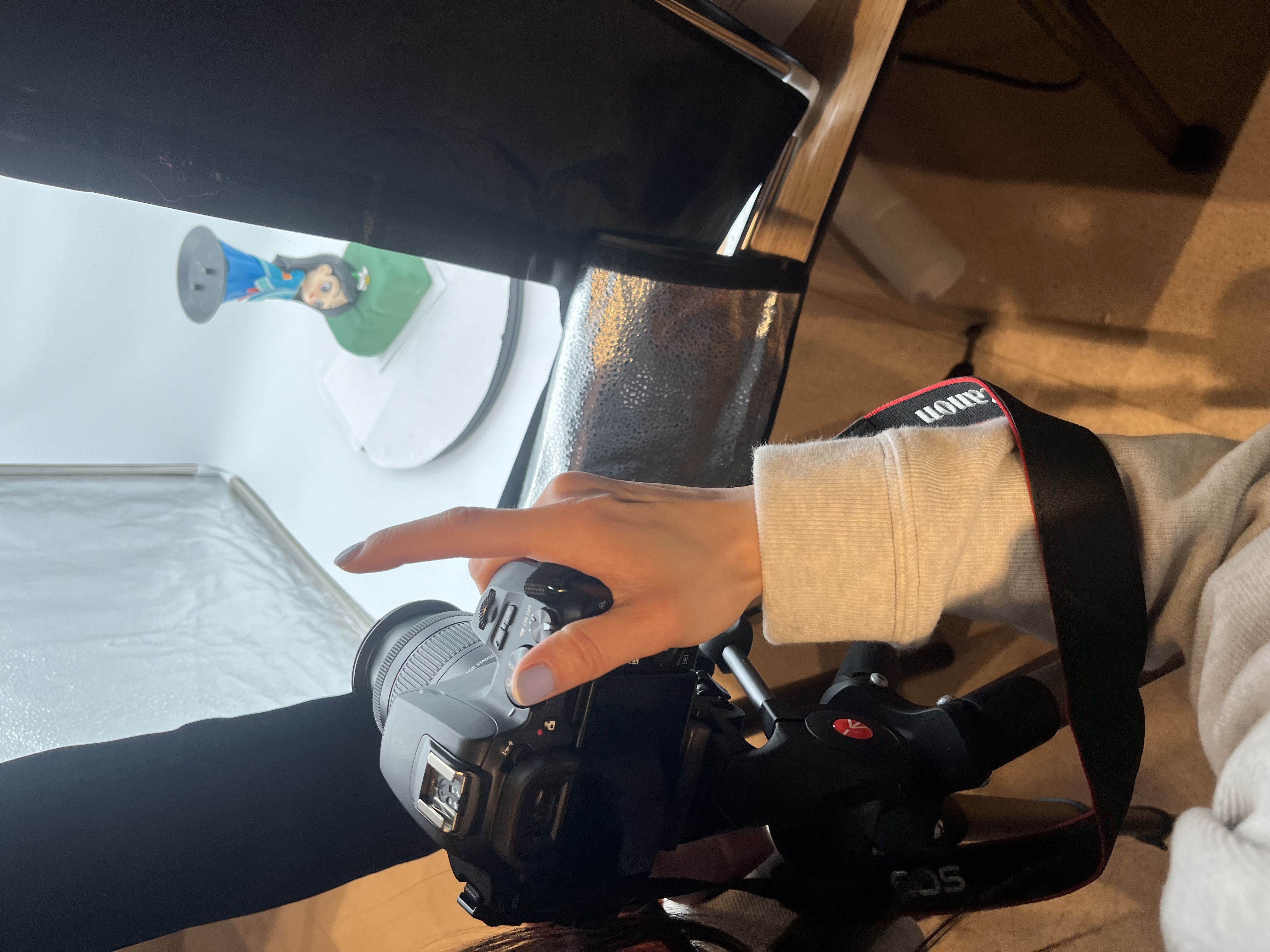
Photogrammetry/ Structure from Motion(SfM)
The Photogrammetric means “the process of measuring images on a photograph”(Shash and Jain, 2007, p.37) which is also for the derivation of measurements such as dimensions and locations of buildings and objects from photographs(dariah# teach, n.d.). This process is used to measure coordinates, distances, heights, areas, and volumes from photographs to create three-dimensional representations of topographic surfaces, 3D models, and more. It has been used in various fields such as medicine, engineering, and architecture(dariah# teach, n.d.). Photogrammetry now makes it possible to measure every nook and cranny of a structure and reconstruct a building from the image itself, without directly measuring the building (Shash and Jain, 2007).

Structure from Motion (SfM) is a method that combines both photogrammetry and computer vision techniques(dariah# teach, n.d.). Analyzing a series of duplicate images and the camera's position relative to the subject from a photograph enables the estimation of the subject's 3d structure(Nyimbili, P. H. et. al., 2016; dariah# teach, n.d.). Therefore, there should be about 60% overlap between images, which also can lead to avoiding lens distortion(dariah# teach, n.d.). This technique, which collects 3D information from photographs and generates accurate models, is by far the cheapest, requiring only basic camera equipment (we ultimately used an iPhone camera) and software(we used Agisoft Metashape, a commercial SfM software). However, some drawbacks should be considered, photogrammetry is light-dependent and will not work in dark environments(dariah# teach, n.d.). It also requires preventing reflection, reflective objects such as plastic by putting powder on the object.